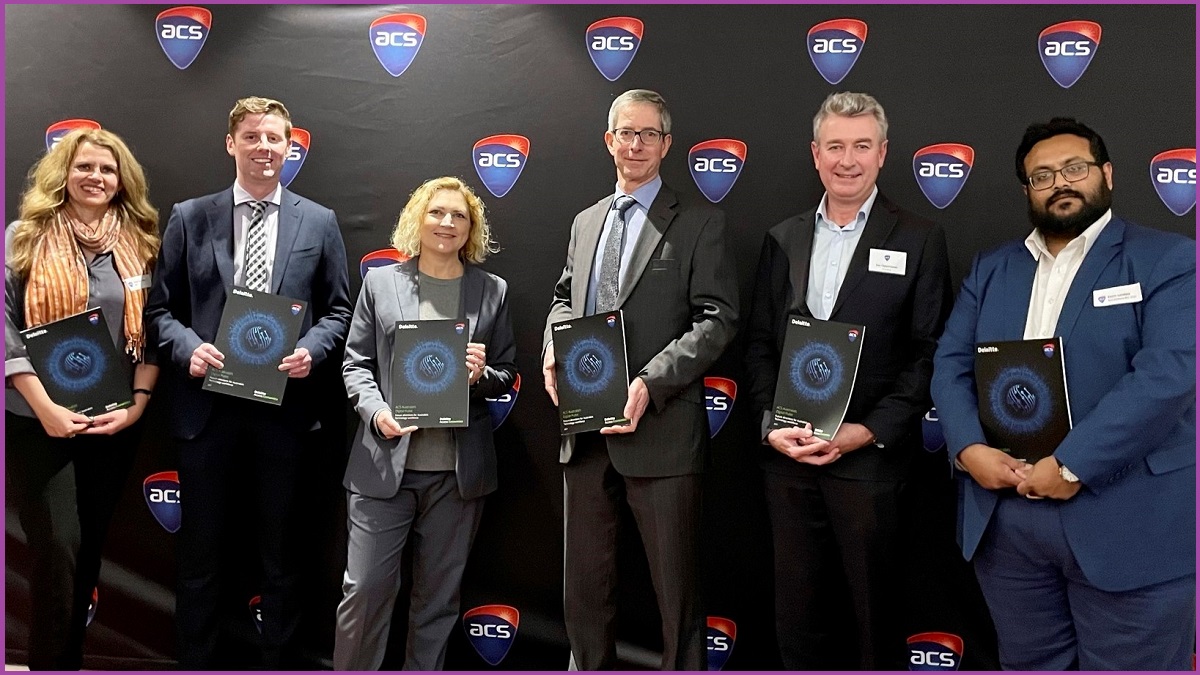ACT’s tech workforce had jumped 16.3% last year, nearly four times the industry’s national growth of 4.3%.
That's according to the ACS Australia's Digital Pulse 2021 report which was launched by ACT Minister the Hon. Emma Davidson at the Kurrajong Hotel in the Australian Capital Territory on Wednesday night.
The ACT also has Australia’s largest proportion of ICT workers with 12.8% being in technology, more than double the national share of 6.2%, the report found.
Among the 60 attendees at the event were Jade Carson, CIO of the National Art Gallery; Vikram Sharma of Quintessence Labs; Adrian Piani, ACT Government Chief Engineer; and Paddy Nixon, University of Canberra Vice Chancellor.
The report, however, highlighted the continued under-representation of women in Australia’s tech workforce taking 29% of roles, compared to 47.5% in similar occupations across the professional sector.
Minister Davidson, who previously held IT project manager roles with the Navy and Australian Public Service, said addressing the industry’s gender balance needs to start early.
“If we can encourage girls from year 10 onwards to study STEM subjects and align those with their other interests, then we can be in a much better place to address this shortfall,” the minister told the audience.
Digital Pulse predicts that addressing the gender imbalance could boost employment by 5,000 new workers a year in the first 20 years and deliver an economic boost of up to $11bn over the next two decades.
ACS President Dr Ian Oppermann said the strong ICT employment growth recorded by the Territory shows the important role technology played in helping government and business stay on course during the pandemic.
“However, beyond the short-term needs, the adoption of emerging technologies around artificial intelligence, smart cities and the Internet of Things is going to make ICT workers even more critical to the local economy," Dr Oppermann said.
"We’re pleased to see initiatives coming out at both Territory and Federal levels to boost workforce digital skills, but ACS would like to see more to address the gaps identified in the report.”










